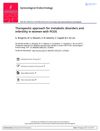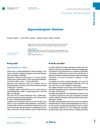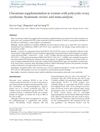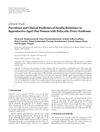The Clinical Management of Hirsutism
April 1997
in “
European journal of endocrinology
”
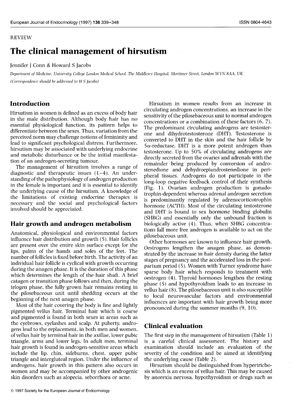
TLDR The document concludes that managing hirsutism involves identifying the cause, using a scoring system for severity, combining cosmetic and medical treatments, encouraging weight loss, and providing psychological support, while noting the need for more research on drug treatments.
The 1997 document outlines the clinical management of hirsutism, a condition of excessive body hair in women, often due to polycystic ovary syndrome (PCOS). It details the importance of identifying the underlying cause, assessing severity using the Ferriman-Gallwey score, and employing both cosmetic and pharmacological treatments. Weight loss is emphasized as beneficial for reducing insulin concentrations and hyperandrogenism. Various medications are discussed, including the combined oral contraceptive pill, cyproterone acetate, spironolactone, flutamide, finasteride, and others, each with their own effectiveness and potential side effects. The document stresses the need for realistic therapy goals, ongoing medical therapy to maintain results, and psychological support for affected women. It also calls for more rigorous randomized controlled trials to better evaluate drug therapies for hirsutism.
